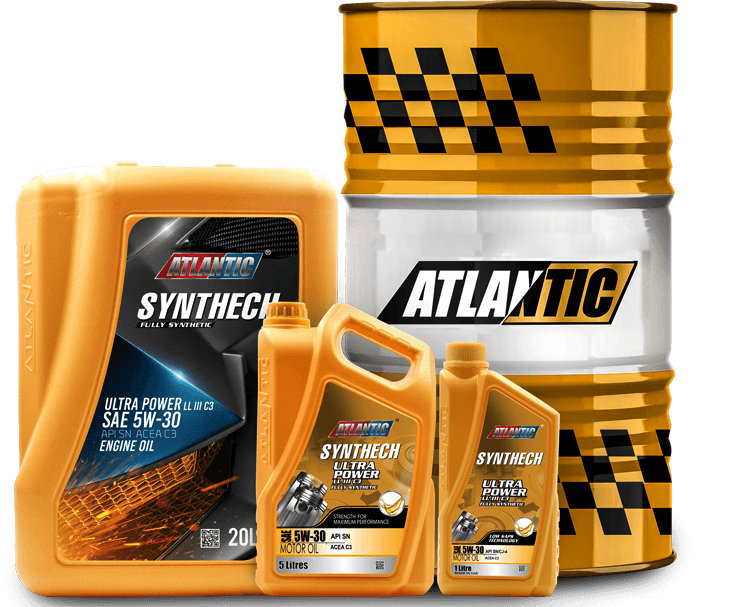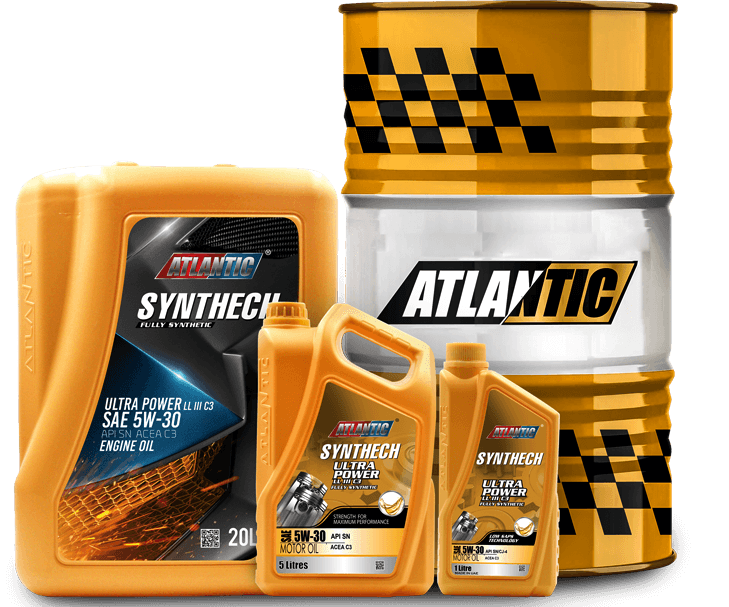Performance
Lubricants You Can Trust


Automotive Lubricants
Industrial Lubricants
Marine Lubricants
Motorcycle & Small Engine Lubricants
Agricultural & Off-Highway Lubricants
Greases
Specialty Lubricants
Additives & Treatments
Welcome to the official distributor site of Atlantic Grease and Lubricants in Jamaica. We are your trusted partner for buying quality lubricants. The lubricants include engine oils, greases and additives. We bring world-class lubricants for industries including automotive, industrial, marine and many others. Our quality lubricants are best suited to enjoy rides on Kingston's bustling roads to the island's shipping docks and farmlands.
We are a global brand famous for making and selling quality lubricants. Our lubricants meet the highest international standards. We work closely with customers across the Caribbean by providing products that perform well in all conditions. Our lubricants help our customers in enhancing efficiency and reducing downtime.
Atlantic Lubricants stands out from the competition because it has OEM approvals from some of the most respected manufacturers in the world and meets worldwide standards. It combines proven performance with trusted quality.


OEM APPROVALS
At Atlantic Grease and Lubricants, we have secured approvals leading automobile manufacturers. Thus, we demonstrate our commitment to delivering the best possible outcomes to our customers. Recognizing the significance of quality to our valued customers, we uphold the utmost standards of excellence in all our endeavors.
MAINTAIN STRINGENT QUALITY STANDARDS
Achieving premium quality standards sits at the core of Atlantic Grease & Lubricants operations. Ensuring the quality of our products we are committed to systematically testing and monitoring at every stage of production. While manufacturing our products, we make use of cutting-edge technology and premium solutions to ensure the highest quality standards at its maximum potential.
What Makes Us Your Ideal Partner?
We are a global brand famous for manufacturing and supplying quality lubricants. Our lubricants meet the highest international standards. We work closely with customers across the Caribbean by providing products that perform well in all conditions. Our lubricants help our customers in enhancing efficiency and reducing downtime.
Atlantic Lubricants stands out from the competition because it has OEM approvals from some of the most respected manufacturers in the world and meets worldwide standards. It combines proven performance with trusted quality.
